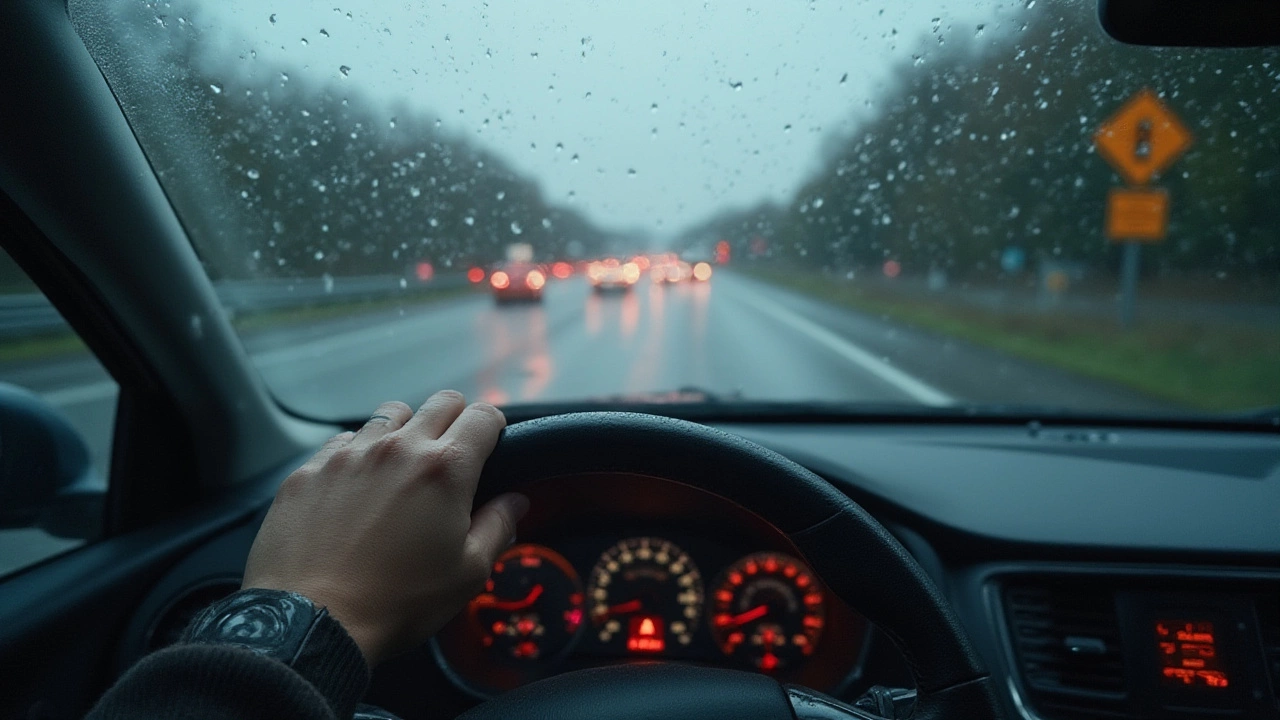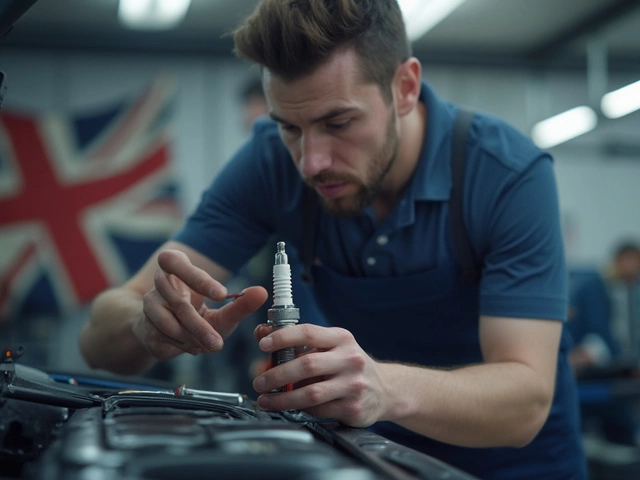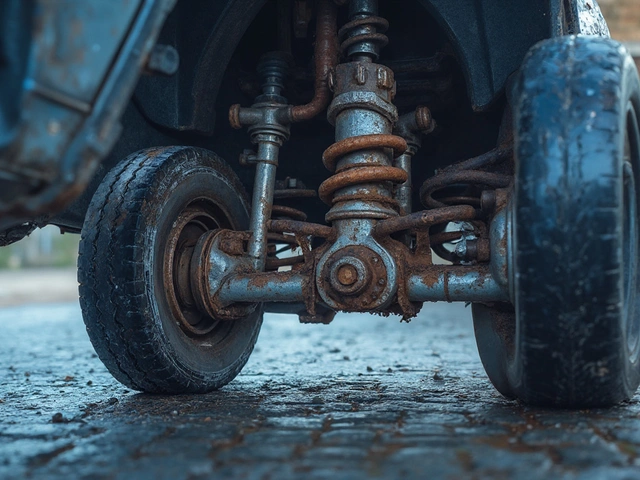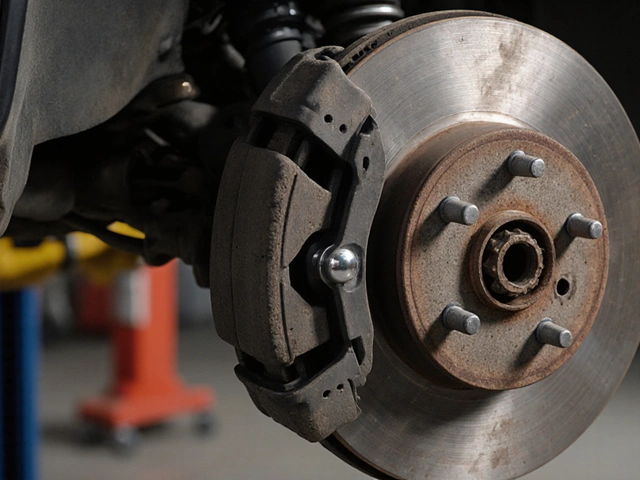Raindrops pounding, mud splattering, and you’re stuck squinting through a blurry windshield. You twist the little lever on your steering wheel—nothing happens. Panic sets in. Sound familiar? So many drivers overlook windscreen wipers, even though they’re the only thing standing between you and a dangerously obscured view of the road when the weather turns bad. That makes knowing how to use them—not to mention keeping them in top shape—totally essential. Let’s clear things up (pun totally intended) and demystify the humble wiper blade.
Getting to Know Your Windscreen Wipers
Windscreen wipers aren’t just basic strips of rubber. They’ve evolved into surprisingly clever devices with designs tailored to specific car models, climates, and driving needs. Most cars use either a traditional frame-style blade or a newer beam-style blade, which hugs the glass more evenly. There are even hybrid blades combining both types. Do you know your wiper’s length is often different on the driver and passenger side? That’s not a mistake—it’s for maximum coverage, hugging the contours of your windshield. Fun fact: Mary Anderson patented the first manual wiper blade in 1903, inspired by a trolley car driver struggling through sleet in New York. Car owners sometimes forget rear windscreen wipers if they drive hatchbacks or SUVs, but these are just as important for safe reversing and rear visibility.
The average wiper blade is designed to last between six months and a year before it starts smearing or leaving streaks. But if you drive a lot in dry, dusty climates, or you use your wipers to clear ice (not recommended!), you might see wear and tear even faster. Pro tip: Check for any split or fraying rubber, bent arms, or squeaking sounds. Those are clear signs your wipers need attention. Some new vehicles come with rain-sensing technology that automatically switches on and adjusts the wiper speed—yes, your car might literally see the raindrops before you do. According to the Federal Motor Vehicle Safety Standards, wipers are required to clear 80% of the driver’s view in less than 8 seconds at low speed. That’s a neat little regulation that explains those vigorous first swipes when you hit the switch!
Inside your car, the wiper control stalk is usually found on the right or left side of the steering wheel—though the location depends on your car’s make and whether you drive on the left or right. There, you’ll find multiple speed settings: low, high, and often at least one intermittent option to deal with drizzle, mist, or melting snow. Some cars let you fine-tune the sweep interval, letting you speed up or slow down as the rain intensity changes. If you’re driving in the US, about 90% of vehicles have wipers that can be triggered manually, even if set to automatic. Trust me, being able to override the system on a whimsically rainy day puts you in control.
How to Use Windscreen Wipers Properly
Let’s get practical—using windscreen wipers goes beyond flipping a switch. First, check your car’s manual to fully understand your wiper controls and any special features. Here’s a foolproof way to make the most out of those blades no matter what Mother Nature throws your way.
- Start with a clean windshield. Dirt and debris can scratch the glass and shorten your wipers’ lifespan. Give it a wipe with a soft cloth and windshield cleaner during every fuel stop, especially after long highway trips.
- Turn on the ignition (or start your engine). Most wipers won’t work if the car is off. Find your wiper stalk. Push or twist it gently to activate the blades. In some cars, pulling the stalk towards you will spray washer fluid and trigger a few swipes to clear away sticky stuff like bird droppings or bugs.
- Adjust speed for the rain intensity. Use windscreen wipers on their lowest intermittent setting for drizzle. As rain gets heavier, kick it up to low or high speed. Watch how each mode performs—some vehicles even let you set exactly how long the delay is between swipes, which is handy when rain is unpredictable.
- Don’t operate wipers on a dry windshield, as friction wears down the blades. Always use your washer fluid when trying to clear dust, bugs, or pollen. Never pour plain water into the fluid reservoir; you risk freezing or bacteria growth in the system.
- For rear wipers, check your manual—these are often activated by a rotating ring at the tip of the same stalk that handles the front wipers.
Stuck in a surprise sleet or ice storm? Don’t switch on the wipers immediately—ice buildup can damage the wiper motor and tear the rubber. Instead, use your car’s defroster to warm up the glass, then gently chip away any ice chunks before switching on the blades. If your wipers are dragging or squeaking, stop immediately. That’s a signal they’re either dry, misaligned, or worn out. Driving with poor wipers isn’t just annoying; it’s unsafe.
| Wiper Speed Setting | Best For |
|---|---|
| Intermittent | Light drizzle, mist, or when moisture is just starting |
| Low | Steady rain or snow where visibility is slightly impaired |
| High | Heavy downpour, sudden showers, or fast highway driving |
| Automatic | Cars with rain sensors, ideal for rapidly changing conditions |
Always make sure your view is clear before you drive off. If you notice shuddering or uneven sweep patterns, that’s usually a sign the wiper isn’t making even contact. Try tightening the wiper arm, or if that doesn’t help, consider a quick replacement. And always top up your washer fluid so you’re never caught out with mud or road salt when you need a quick clean.

Keep Your Windscreen Wipers in Top Shape
A little attention goes a long way. The difference between a smeary, dangerous windshield and a crystal-clear view is usually just a few minutes of care. Experts recommend wiping down your blades every week or two—even more often if your area is prone to pollen, dust storms, or salty air near the coast. Just use a damp paper towel to gently pinch along the blade rubber and remove any grime. You’d be amazed how much this simple trick can extend their life.
Seasonal changes can catch you off guard, too. When autumn brings falling leaves or winter brings road grit, check your blades and fluid more often. If you spot cracks or see the rubber separating from the metal, don’t put off replacing them. Most car parts stores can look up the exact wiper dimensions you need, usually printed on your existing blade or listed in the manual. Fancy silicone blades might cost a bit more, but they last longer and handle heat better than basic rubber ones. Silicon tends to repel water, so raindrops bead up and roll away—kind of satisfying, honestly.
Before road trips, always check that your washer jets are unclogged and pointed in the right direction. Use a pin to clear blockages, and make sure you’re using real windshield washer fluid (most store-bought fluids contain antifreeze and cleaning agents, unlike plain water). When winter threatens, choose a winter-rated solution to avoid frozen squirt nozzles. For those living in places with lots of snow, lift the wipers away from the windshield when parked to stop them freezing to the glass overnight. You don’t want to hear that nasty ripping sound in the morning—or worse, burn out the wiper motor by accident.
Never forget your rear wiper, especially if you drive a station wagon or SUV. Rear glass gets just as gunky from road spray and snow. Check its blade regularly, and replace it when it starts streaking or skipping. Modern cars sometimes include warning lights that alert you to low washer fluid or wiper malfunctions, but it’s smart to look for yourself at least once a month. Most people replace wiper blades once a year, but according to a 2023 survey by the Car Care Council, almost 60% of US drivers wait too long and end up with poor visibility at least once a winter.
If you want to geek out a bit—there’s real engineering in these little parts. The average wiper sweeps across your windshield 750,000 times in a year! They put up with brutal conditions, from summer sun to winter ice. Show them a bit of love and they’ll pay you back with clear, safe driving every single day.
Troubleshooting and Must-Know Tips
So what can go wrong? Plenty, but most wiper problems are easy to fix at home if you know what to watch for. Notice the wipers bouncing or leaving big streaks? That usually means the blades are dirty, bent, or just plain worn out. Give them a clean first—wipe off any visible debris or stuck bugs. If that doesn’t help, check if the blade is still supple or if it’s brittle and cracked. A collapsed spring in the wiper arm can also reduce pressure, leading to patchy cleaning.
Another common headache: the wipers work, but there’s a gross smeary patch right in your line of sight. That’s sometimes down to oily film or residues from automatic car washes. Use a dedicated glass cleaner (no ammonia, as it can dry out wiper rubber) and buff the windshield with newspaper or a microfiber cloth. It’s an old-school tip, but it legitimately works like a charm.
If your wipers get stuck halfway, check for ice buildup around the pivot points or a blown fuse. If neither is to blame, you might need a technician’s help—especially if the wiper motor sounds strained or keeps stalling. For rear wipers, stuck blades often mean a blocked or pinched washer hose. If water isn’t squirting properly, double-check the fluid level—it drops faster than you think! And if nothing is obviously wrong, inspect the small plastic gears driving the rear window blade (sometimes they simply need some lubrication with silicone spray, not WD-40).
- If wipers judder, replace both blades at the same time. Mixing old and new leads to uneven pressure and more problems down the road.
- Always buy the correct size for your specific make and model. Guesswork can leave big swathes of glass untouched or make the wipers tangle awkwardly.
- Don’t use your wipers to move heavy things like piles of snow or thick mud. Clear these by hand before driving.
- If you hear scraping metal on glass, stop immediately. That means the blade is missing rubber and could scratch or crack your windshield—an easy repair just turned expensive.
- When washing your car, flip the wipers back and give the hinges a quick squirt with silicone lubricant to keep them smooth and rust-free.
And one last thing: it’s illegal in some places (like the UK) to drive with faulty windscreen wipers. Police can fine you on the spot if they catch you rubbing a hole in the glass during a rainstorm. Seems harsh, but it’s not a rule you want to test with your own safety on the line.
Add these simple habits to your routine and you can drive confident, rain or shine. A clear view means safer roads, fewer headaches, and a whole lot less stress when Mother Nature decides to make your commute interesting.




